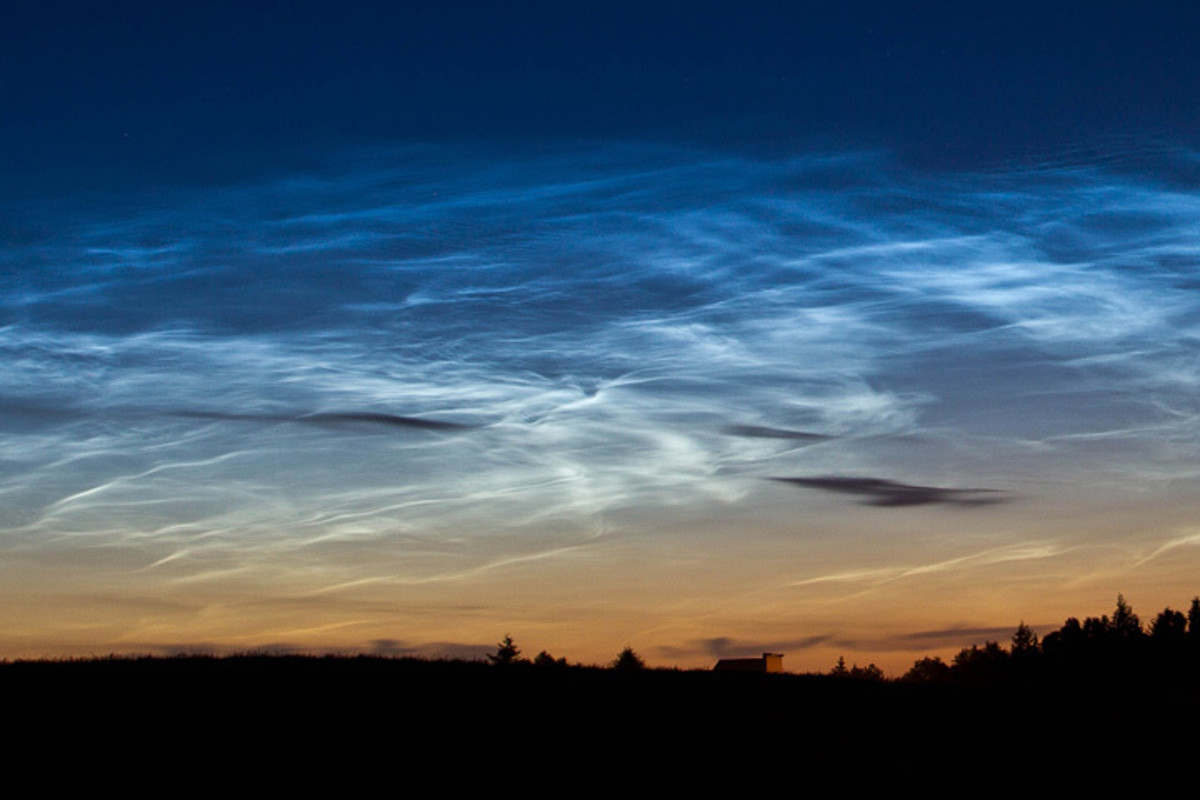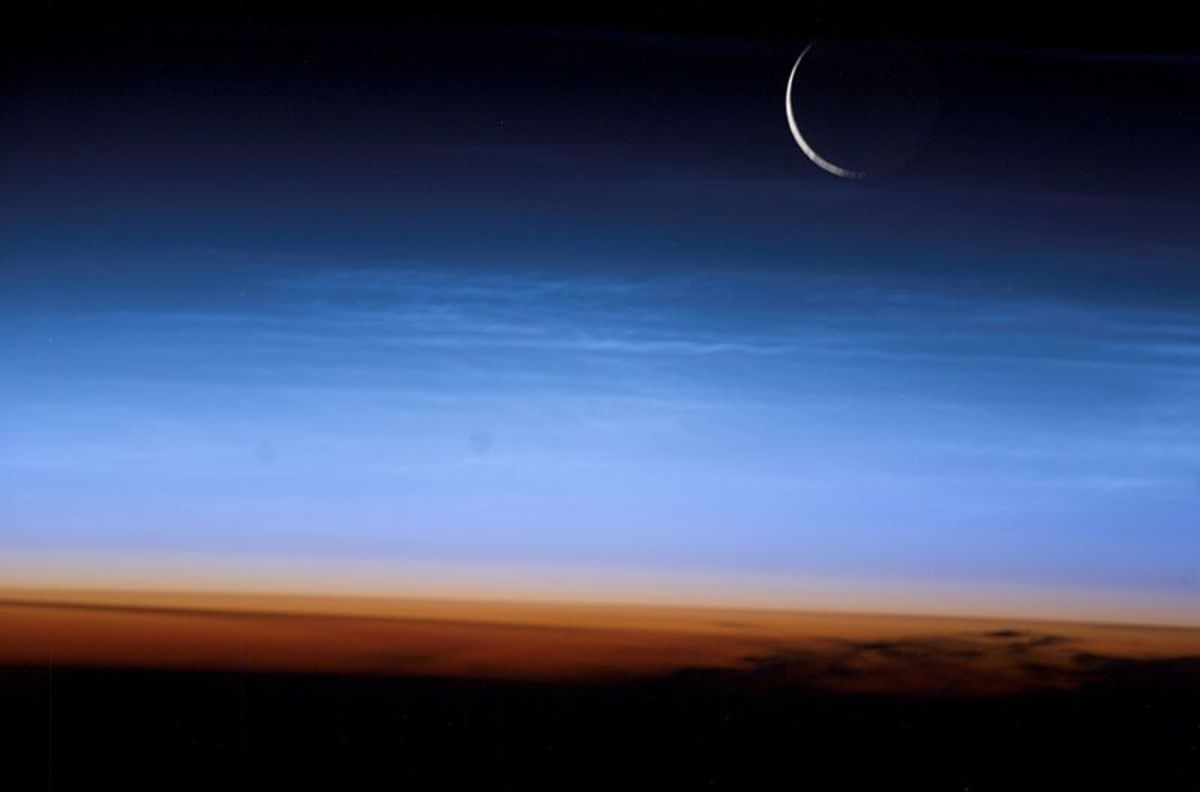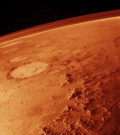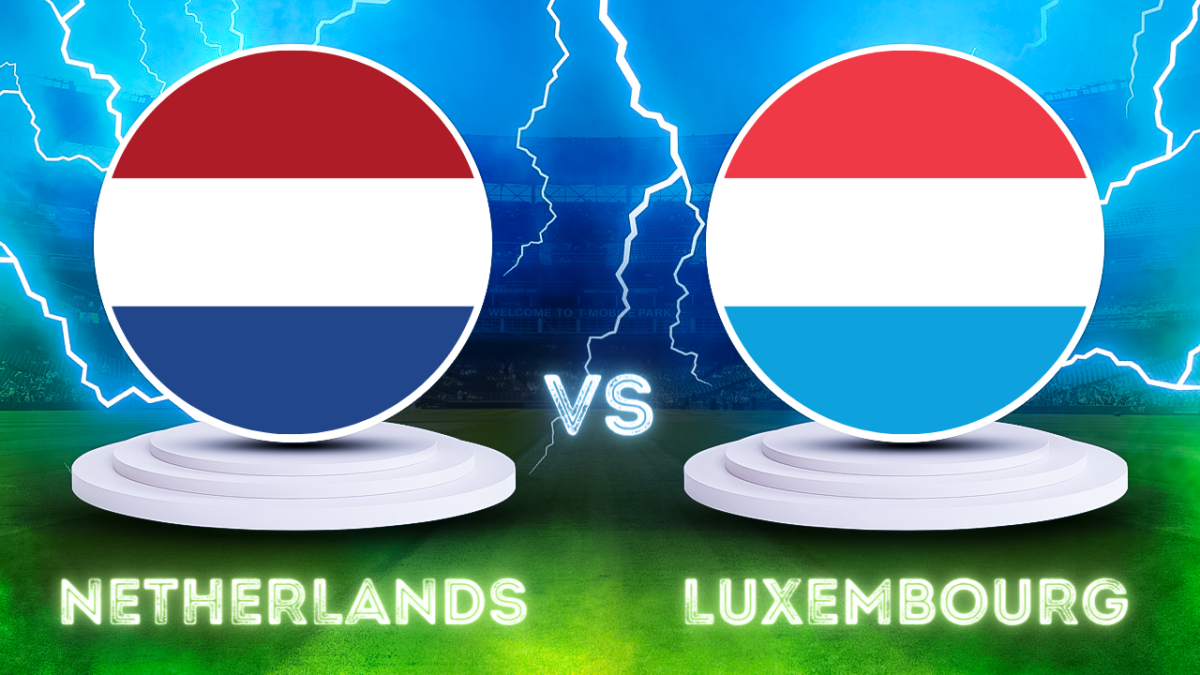Layers of Atmosphere
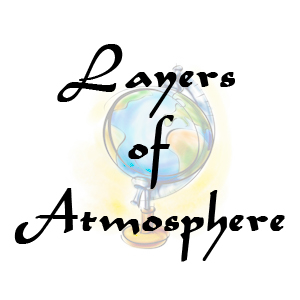
The vast expense of air which surrounds the earth all round is known as the atmosphere. The atmosphere is held to the earth by the gravitational force of the earth. The atmosphere is a mixture of various gases and its composition varies as one goes upwards. The average composition of the air near the ground is as - 78 per cent nitrogen, 21 per cent oxygen and the remaining 4 per cent is constituted by various gases such as hydrogen, helium, argon, carbon dioxide, water vapor and particulate material. Although the atmosphere of the earth extends up to a height of thousands of kilometres, about three-fourth of the total mass of the atmosphere is contained within the lower few kilometres. All elements constituting the atmosphere play an important role in determining the weather conditions on the earth's surface. The oxygen is necessary for all animals while nitrogen is helpful in controlling temperatures and combustion. The carbon dioxide is necessary for all types of plant life. Ozone, though found in very small amount in the atmosphere, plays and important role by absorbing ultra violet radiation coming from the sun. Similarly, the water vapour is necessary for all types of precipitation. The dust and other particulate materials provide condensation nuclei for condensation. The composition of the atmosphere changes from place top place and time to time. For example the content of carbon dioxide is generally more in the middle latitudes and during spring season. Similarly, the amount of water vapour is maximum in summer season over the oceans. The proportion of various constituents also varies according to height. The heavier gases like oxygen, carbon dioxide and nitrogen have their maximum eoncentration near the surface of the earth while the lighter gases like helium and hydrogen have a higher proportion at greater heights.
The Layers of Atmosphere
The atmosphere is made up of a number of concentric layers each having peculiar characteristics in terms of density and other characteristics. These layers are;
- Troposphere
- Stratosphere
- Mesosphere
- Ionosphere
- Exosphere
Troposphere
Troposphere is the lowest layer of the atmosphere and it is situated next to the earth's surface and extends up to 8 km near the poles and 18 km near the equator. Its average height is considered as 12 to 14 kilometres. It contains nearly two third of the total volume of the atmosphere. The heavy gases like oxygen, carbon dioxide etc. are found in this layer. Here the temperature decreases with the increasing height at a rate of one degree Celsius per 165 metres. This is called the normal lapse rate of temperature. Almost all the water vapor and carbon dioxide of the atmosphere is contained in this layer and all weather changes occur in this very layer. The fall of temperature with increasing height stops at the top of this layer and this limit is called the tropopause.
Stratosphere
The stratosphere lies above the troposphere. Temperature is constant throughout this layer. So this layer is known as Isothermal layer. This layer is very calm and free from any sort of weather disturbances. This layer thus provides a turbulence free atmosphere for the aircraft and the jet aircraft usually fly in this layer. In the upper part of the stratosphere occurs a layer of higher concentration of ozone which is often called the ozonosphere also. Here the ozone absorbs the ultra violet radiation coming from the sun and as a result the temperature starts rising with increasing height. The upper limit of the stratosphere is called the stratopause which is situated at an altitude of about 80 kilometres from the earth's surface.
Mesosphere
The mesosphere is the third layer of the atmosphere. The water vapor contained in this layer is split by the ultraviolet radiations into oxygen and hydrogen and oxygen is pushed down while the lighter hydrogen is pushed up into the outer space where it has formed a sort of cloud. The upper limit of the mesosphere is marked by the mesopause, a transitional layer.
Ionosphere
The next layer is Ionosphere where the temperature rises to a very high level. This layer has a high concentration of ions of gases as the gases here are not in their atomic or molecular state but they get ionized. It is this layer which reflects the long distance radio waves and thus makes radio communications possible. The meteors get burnt in this layer due to the high temperature. Auroras are seen in this very layer.
Exosphere
The uppermost layer of the atmosphere is the exosphere. This is in fact a part of the outer atmosphere of the earth. Above the exosphere there is a certain region up to where the magnetic field of the earth is felt. This region is known as the magnetosphere. This layer may be a transition between the atmosphere of the earth and the outer space or the atmosphere of the sun.
Also See related Geography Articles:
- Atmospheric Pressure
Atmospheric pressure is the force exerted per unit of area on the surface of the earth by the column of air extending vertically above it. On the surface of the earth the pressure and the temperature are inversely related. - Monsoons and Local Winds
The monsoon is a system of winds in which the direction of the winds is reversed between the summer and the winter season. Local winds owe their characteristics to the local topography or the local temperature conditions. - Cyclones and Anticyclones
A cyclone represents a low pressure system in the lower atmosphere where the winds tends to converge towards a common centre. An anticyclone is a high pressure centre surrounded by low pressure all around. - Humidity and Precipitation
Humidity and Precipitation. Humidity is the amount of water vapor present in the atmosphere. Also see what is precipitation and the process of condensation leading to the precipitation.


